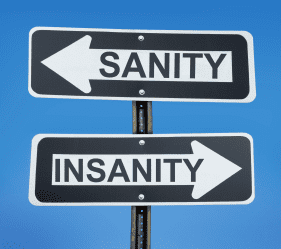 In this segment, we continue our discussion about the seemingly insane things that firefighters do at structure fires. I use the word insane not because the firefighters suffer from a mental affliction. Rather, I use the word insane because we keep doing the same things over and over again while expecting different results.
In this segment, we continue our discussion about the seemingly insane things that firefighters do at structure fires. I use the word insane not because the firefighters suffer from a mental affliction. Rather, I use the word insane because we keep doing the same things over and over again while expecting different results.
This meets Einstein’s definition of insanity and is the foundation for the use of this term in this context. Here we explore peer pressure as a contributor to the insanity.
Peer Pressure
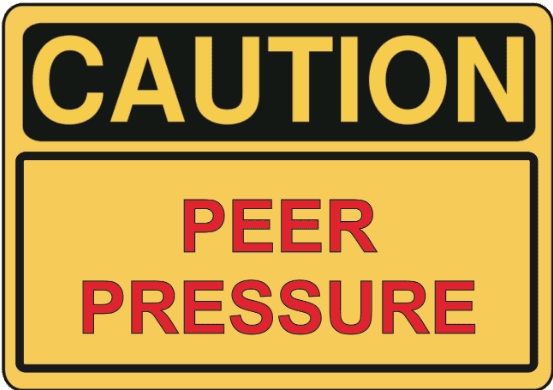 Peer pressure is a social influence by members of a group that influences values, actions, or conformance to peer-created expectations. One conforms to peer pressure out of a desire to be accepted (or a fear of being rejected) by the group. Conformance also often comes with verbal encouragement and positive feedback by the peer group. Non-conformance can lead to criticism, ridicule and rejection by the members of the peer group. In the tight-knit world of firefighting, peer pressure is a force to be reckoned with.
Peer pressure is a social influence by members of a group that influences values, actions, or conformance to peer-created expectations. One conforms to peer pressure out of a desire to be accepted (or a fear of being rejected) by the group. Conformance also often comes with verbal encouragement and positive feedback by the peer group. Non-conformance can lead to criticism, ridicule and rejection by the members of the peer group. In the tight-knit world of firefighting, peer pressure is a force to be reckoned with.
Negative Peer Pressure
When I think of peer pressure I am immediately harkened back to junior high school and, in that fragile world of extreme social hierarchies, the need to be accepted (and liked) was top priority. Gripped by the need for social acceptance may cause one to do just about anything to earn the admiration and respect of the peer group. Those not meeting the grade are rejected, ridiculed, bullied, and made an outcast.
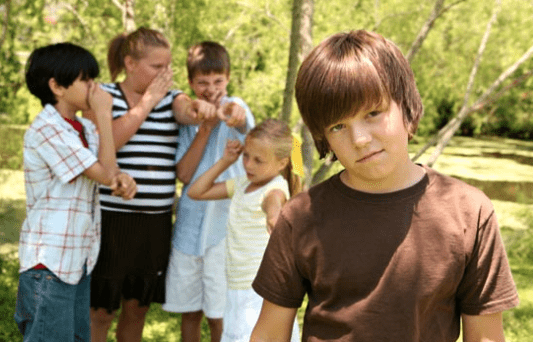 Unfortunately, as we grow up, the social acceptance hierarchy learned in adolescence lingers on in many. The need to feel accepted by the tribe is a powerful, even primal, social goal. Unfortunately, where peer groups establish norms that include haphazard performance of duties without regard to personal safety, creating excessive risk (emphasis on creating), shows little regard for personal health and wellness, and shuns training. Those influenced by the peer group may find themselves either complying out of desire to be accepted, complying out of fear of being rejected, or complying while knowing better but are too afraid to speak up.
Unfortunately, as we grow up, the social acceptance hierarchy learned in adolescence lingers on in many. The need to feel accepted by the tribe is a powerful, even primal, social goal. Unfortunately, where peer groups establish norms that include haphazard performance of duties without regard to personal safety, creating excessive risk (emphasis on creating), shows little regard for personal health and wellness, and shuns training. Those influenced by the peer group may find themselves either complying out of desire to be accepted, complying out of fear of being rejected, or complying while knowing better but are too afraid to speak up.
Positive Peer Pressure
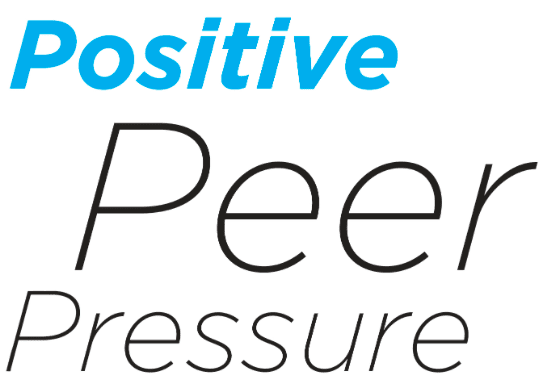 Peer pressure often takes a bad rap because it is cited as a contributing factor when peers are goaded into doing things that have bad outcomes. But peer pressure can also have good outcomes. It depends on the focus, ambition and culture of the peer group. If a peer-group establishes their commitment to safety as a top priority, compliance to safety practices become the norm and are rewarded among members of the peer group. Where peers have a balanced sense of ego and can hold their bravado in check while making high-risk, high-consequence decisions, members of the peer group find it easier to tame ego and bravado.
Peer pressure often takes a bad rap because it is cited as a contributing factor when peers are goaded into doing things that have bad outcomes. But peer pressure can also have good outcomes. It depends on the focus, ambition and culture of the peer group. If a peer-group establishes their commitment to safety as a top priority, compliance to safety practices become the norm and are rewarded among members of the peer group. Where peers have a balanced sense of ego and can hold their bravado in check while making high-risk, high-consequence decisions, members of the peer group find it easier to tame ego and bravado.
When members of a peer group are committed to continuous self-improvement, the members of the peer group train with passion and enthusiasm. Where members of a peer group realize health and wellness are critical to team success, members of the peer group eat healthy, exercise, and get proper rest during non-working hours.
The Bully
I do not judge the behavior of others. Rather, I make observations and try to offer plausible explanations as to why people may, or may not, behave certain ways. The foundation for my explanations are rooted in psychology, neuroscience, and interviews with first responders who have been part of near-miss, casualty, and catastrophic events.
The bully strives to influence a peer group to comply with and support the bully’s beliefs. The bully’s favorite tools of influence are fear, consequence, ridicule, retribution, and embarrassment. Those who do not support the bully are against the bully – an enemy of the bully – at least in the mind of the bully. A bully has no tolerance for opposing points of view. Name calling and beat-downs are the bully’s way to ensure peer compliance.
When the bully is an officer, add formal authority to their arsenal of influence. In this case, the bully has the means to create real consequence for non-compliance. Where the bully has created fear in the minds of superiors, there is little to no accountability for the bully’s behavior. Oftentimes the bully’s power is a flawed perception of reality. If the peer group were to stand up to the bully, there’s no foundation for the power. But, sadly, many times this does not happen and the bully reigns.
The Consequence of Peer Pressure
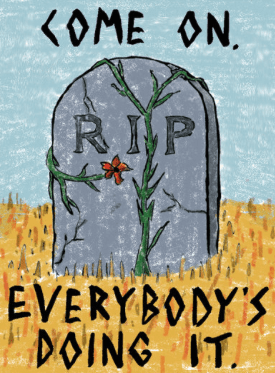 I recently interviewed a firefighter who was caught in a flashover. He was burned, but he lived. After looking at his gear and pictures of his injuries, I would call him extremely lucky. He acknowledged his luck during the interview as well.
I recently interviewed a firefighter who was caught in a flashover. He was burned, but he lived. After looking at his gear and pictures of his injuries, I would call him extremely lucky. He acknowledged his luck during the interview as well.
Through a series of questions I asked about his situational awareness and his decision-making processes that led him to believe it was not safe to make an interior entry at this residential dwelling fire, it became very apparent he succumbed to peer pressure. Other members of the crew were racing in with reckless abandon (without doing a 360-degree size-up) so this firefighter followed suit and raced in too.
He didn’t want to be rejected by his peer group for “being a sissy” (his words, not mine). The flashover occurred in less than one minute following entry. I asked him if the clues and cues of pending flashover were present. “Yes.” Did he think the environment might not be safe to enter? “Yes.” Did he consider speaking up and voicing his concern to his officer and peers? “Yes.” Did he? “No.” Does he now have regret? “Yes.”
About the Author
Richard B. Gasaway, PhD, CSP is widely considered a trusted authority on human factors, situational awareness and the high-risk decision making processes used in high-stress, high consequence work environments. He served 33 years on the front lines as a firefighter, EMT-Paramedic, company officer, training officer, fire chief and emergency incident commander. His doctoral research included the study of cognitive neuroscience to understand how human factors flaw situational awareness and impact high-risk decision making.
_____________________________________________________

If you are interested in taking your understanding of situational awareness and high-risk decision making to a higher level, check out the Situational Awareness Matters Online Academy.
CLICK HERE for details, enrollment options and pricing.
__________________________________
Share your comments on this article in the “Leave a Reply” box below. If you want to send me incident pictures, videos or have an idea you’d like me to research and write about, contact me. I really enjoy getting feedback and supportive messages from fellow first responders. It gives me the energy to work harder for you.
Let’s Get connected
Facebook: SAMatters
LinkedIn: Rich Gasaway
LinkedIn: Situational Awareness Matters
Twitter: Rich Gasaway
Youtube: SAMattersTV
itunes: SAMatters Radio
Stitcher Radio: SAMatters Radio
Google Play: SAMatters Radio
iHeart Radio: SAMatters Radio
